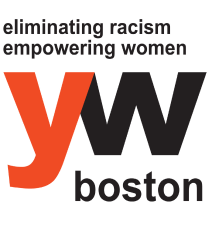
July 12, 2023
By: Ilana Coolidge
Unfriendly Content: The Rise of Hate Speech on Social Media
Protecting yourself online is important, whether that means safeguarding your personal information, being aware of phishing and other scams, or avoiding harmful content on social media. The latter has become harder to do, with a troubling rise of hate speech across the most popular social media platforms.
The year to date has brought a concerning mix of content to social media platforms. Notably, there has been an increase in racist, homophobic, transphobic, anti-Islamic, and antisemitic hate speech. The United Nations defines hate speech as “advocacy of national, racial and religious hatred that constitutes incitement to discrimination and violence, as well as racism on social media.”
With the recent organizational upheaval at Twitter, harmful content has been especially prominent on that platform. As reported by the UN Humans Rights Commission in January, the use of the “N” slur on Twitter rose significantly after Elon Musk bought the platform in October 2022. As the platform underwent changes to its algorithm, users were more likely to see hateful posts and advertisements, as the platform actively pushed this content onto users’ “For You” pages. A feature that was supposedly implemented to curate viewer experience according to personal interests has instead expanded the reach of racist, discriminatory, and violent content.
This disturbing trend extends to other social media platforms as well. For the second year in a row, GLAAD’s Social Media Safety Index has assigned failing scores to all five major platforms. According to the report, Instagram, Facebook, YouTube, TikTok, and Twitter have all failed to protect LGBTQIA+ users from being the targets of hate speech. GLAAD’s research shows that the uptick in content that includes slurs, lies, and misinformation regarding non-binary, transgender, and gender-nonconforming individuals has not led to an increase in protections for these same people.
Instead, social media platforms have allowed this harmful content to flourish unchecked, which spills over into real life. According to GLAAD President and CEO Sarah Kate Ellis, “Dehumanizing anti-LGBTQ content on social media such as misinformation and hate have an outsized impact on real world violence and harmful anti-LGBTQ legislation, but social media platforms too often fail at enforcing their own policies regarding such content.”
The recent Supreme Court decision regarding a business’s right to discriminate against LGBTQ+ customers has only increased incidences of harmful content on social media. The ongoing threats to user safety prompted a group of over 250 celebrities and public figures to sign an open letter from GLAAD calling for a stop to homophobic and transphobic hate speech and misinformation. The letter urges social media platforms to address this issue by proactively creating policies that strengthen protections for LGBTQIA+ users and actively remove disinformation and hateful content.
The trend of increasingly unfiltered hate on social media is part of a wider discussion around internet safety, which includes mental health. While we hope that actions like GLAAD’s open letter will lead to positive change in social media platform policies, users need to be aware of ways to protect themselves in the meantime.
Repeatedly being forced to see harmful content is stressful. Even if you haven’t directly faced harassment on social media, you may be worried that you could become a target. It is important to recognize when being online is detrimental to our wellbeing and acknowledge that it’s okay to take a break.
Diversity, Equity, and Inclusion education can help combat the impact of harmful online content and help people with marginalized identities feel seen, heard, and supported in the face of such content. YW Boston can help you develop a strategy that tackles issues that are important to your employees. Learn more here.

